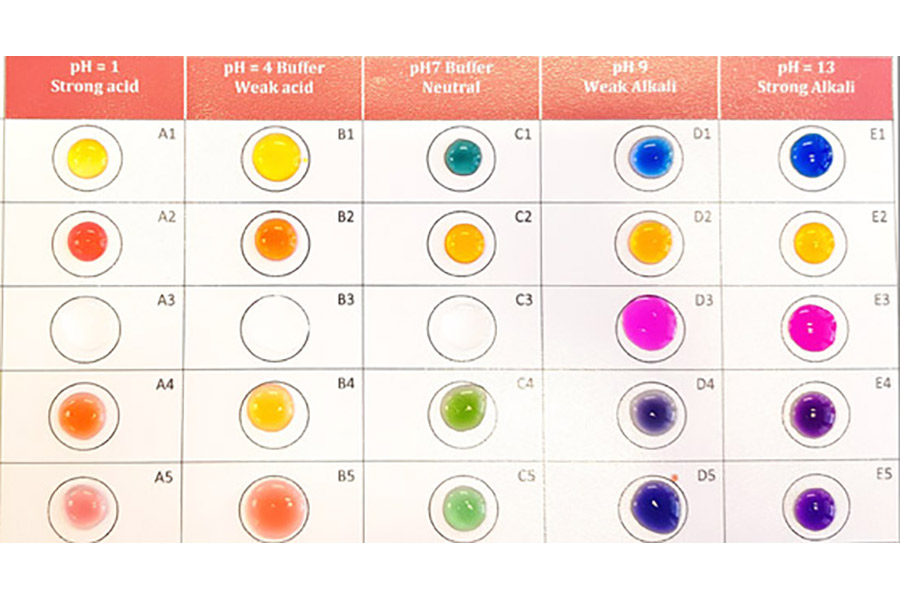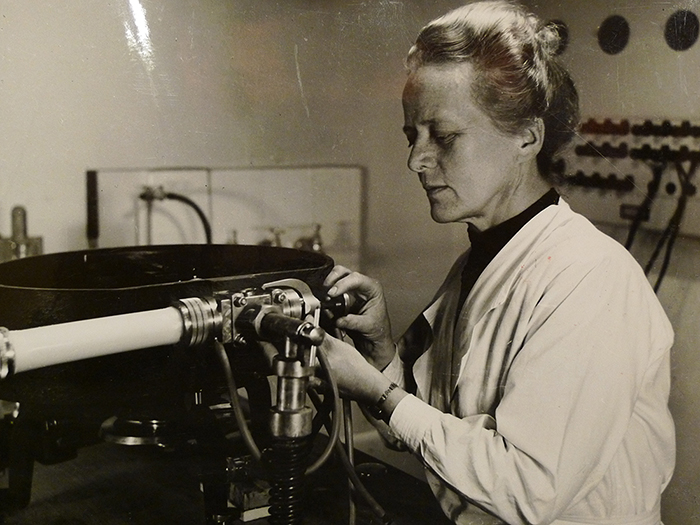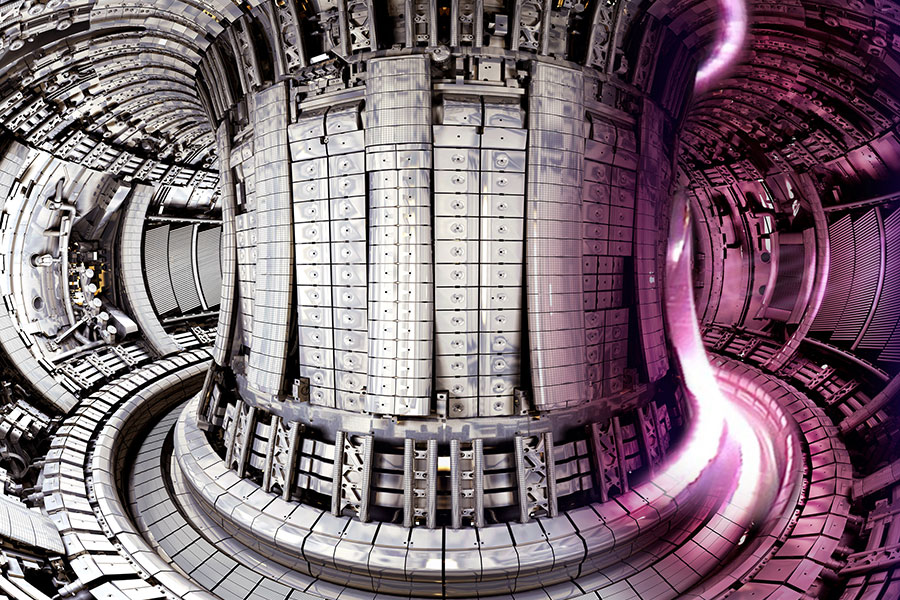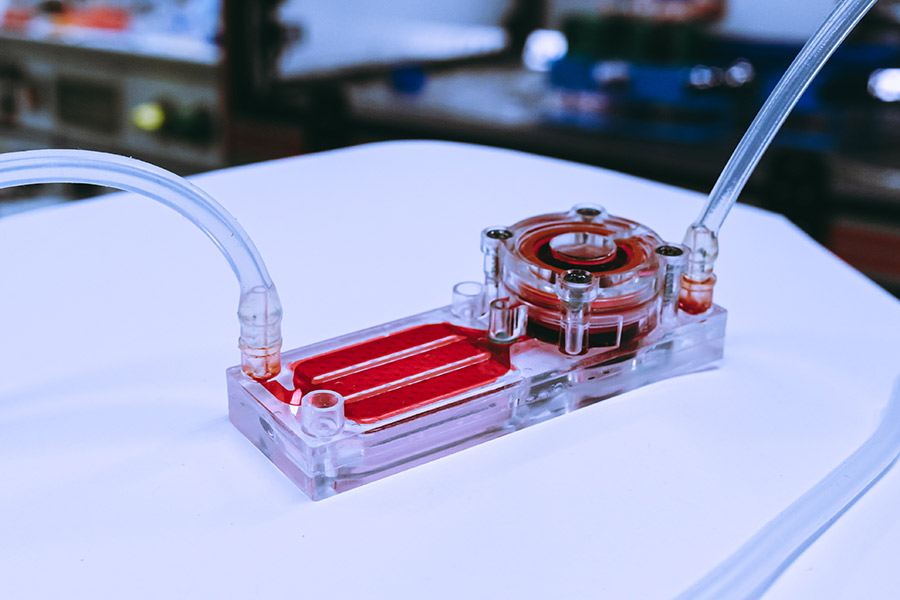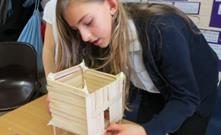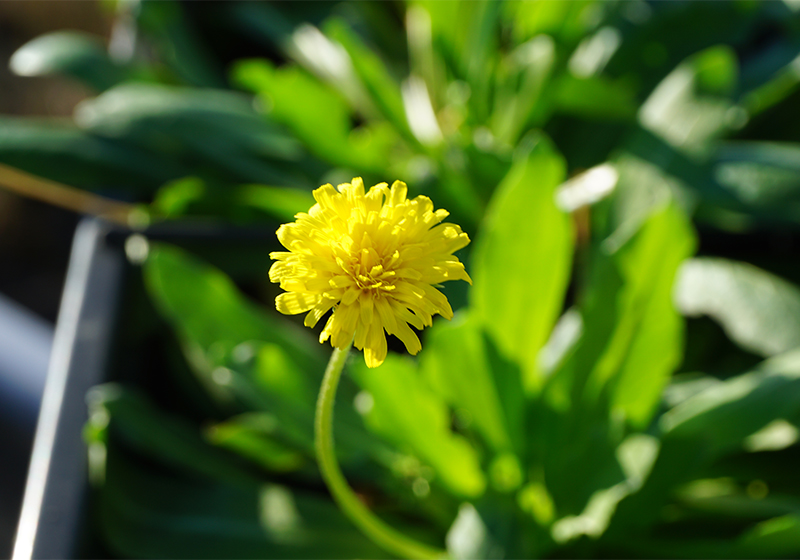Sustainable Science: Articles for European Sustainable Development Week Inspire article
Explore the science behind some of the SDGs and the key role science has to play in our efforts towards achieving them.
The UN sustainable development goals
The UN Sustainable Development Goals (SDGs) are 17 goals set during the 2015 UN general assembly as part of the 2030 Agenda for Sustainable Development. They are an urgent call for action from all countries to ensure peace and prosperity for people and the planet.
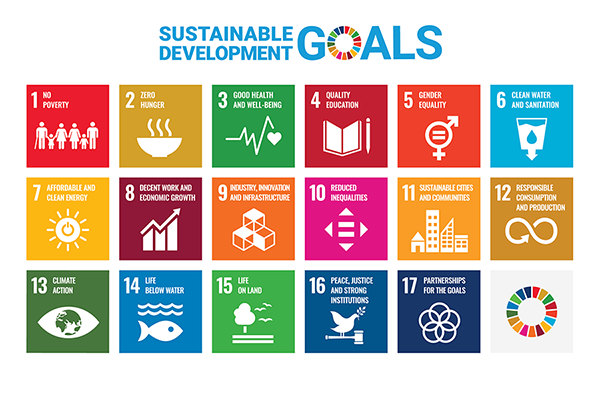
To celebrate European Sustainable Development Week (ESDW), which falls on September 20–26th this year, we have put together this collection of 17 Science in School articles to help explore the science behind some of the SDGs and the key role science has to play in our efforts towards achieving them.
1. Inspire – Inclusive lesson plans using the NinU grid
Target age: <11, 11–19
Linked to SDGs: 4, 10
The principles of making learning accessible to all students are particularly important in science education. For this purpose, the ‘NinU grid’ (original German name ‘NinU Raster’) was specifically developed to support science teachers in the creation of inclusive science lesson plans.

2. Inspire – Little wonder: microscale chemistry in the classroom
Target age: not applicable
Linked to SDGs: 4, 12
Classroom experiments are necessary to engage students’ interest and illustrate key chemical principles. Many of these experiments can easily be adapted to be performed on a small scale without detracting from the effect demonstrated. This makes them easier, cheaper, safer, and less wasteful.
3. Understand – In their element: women of the periodic table
Target age: 14–19
Linked to SDGs: 5
Historically, the focus has been on the achievements of male scientists, but even in times when working in science has been extremely challenging for women, many have made important contributions that are unfortunately often not fully recognized. This article tells the stories of several woman scientists whose work significantly contributed to our knowledge of the elements of the periodic table.
4. Understand – Elements in danger!
Target age: 11–19
Linked to SDGs: 9, 12, 13
There is rightly a lot of focus on the risks associated with harmful amounts of certain chemicals on the environment, however, the challenges associated with substance scarcity are often overlooked. It might surprise you to know that many chemical elements critical to our technological society are in short supply. This article explains why some elements are considered to be in danger, and aims to give some hope for the future.
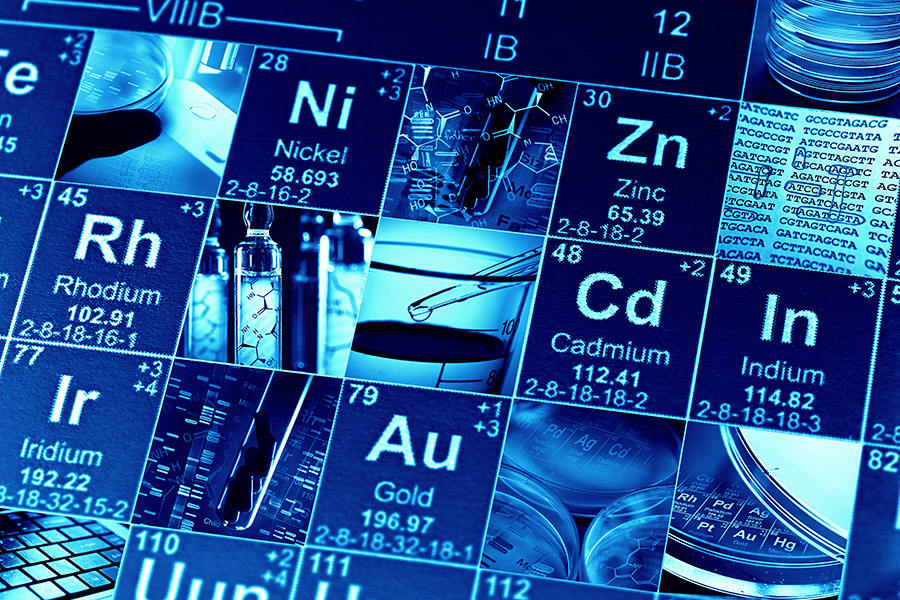
5. Understand – JET sets new fusion energy record
Target age: 14–19
Linked to SDGs: 7, 9
The fusion of hydrogen nuclei is what makes the Sun and stars shine, and it has long been an aim of researchers to replicate that process here on Earth, despite the huge challenges. Recent results from EUROfusion’s JET experiment have demonstrated sustained high fusion power for the first time, and could pave the way for fusion energy to play a key role in tackling climate change.
6. Understand – Too much of a good thing – the problem of light pollution
Target age: 11–19
Linked to SDGs: 11, 12, 15
It can seem surprising to refer to light as pollution. While we do need light to move around safely at night, outdoor lighting is often excessively bright, unnecessary, or badly designed. This is not only a waste of energy but can cause serious harm to wildlife, which often rely on natural light for navigation or regulation of their life processes. A balance must be struck where we can have the light we need at night with minimal environmental impact.

7. Understand – Organ-on-chip systems and the 3Rs
Target age: 14–19
Linked to SDGs: 3, 9
Animal experiments play an important role in biomedical research, however they are resource-intensive, are often imperfect models of human physiology, and their use raises ethical concerns. For these reasons, scientists are working to develop bioreactors that can simulate key properties of human physiology. This organ-on-chip technology could provide a better alternative to animal experiments in some cases and could even open opportunities for personalized medicine.
8. Understand – Climate change: why the oceans matter
Target age: 16–19
Linked to SDGs: 13, 14
The oceans play a complex role in climate change. This article explains the main factors involved, including ocean-generated compounds escaping into the atmosphere; carbon dioxide dissolving in sea water; and the role of the oceans as a heat sink.
9. Understand – Plastic food packaging: simply awful, or is it more complicated?
Target age: 11–19
Linked to SDGs: 2, 11, 12
The environmental problems caused by discarded plastic packaging are well established. However, supposedly ‘greener’ packaging materials are often no more than greenwashing. The truth is, there is no easy solution where we can simply cut out one ‘bad’ packaging material and keep consuming as before. All packaging has an environmental impact, and effective action requires evidence-based decision-making at all stages and limiting unnecessary consumption.
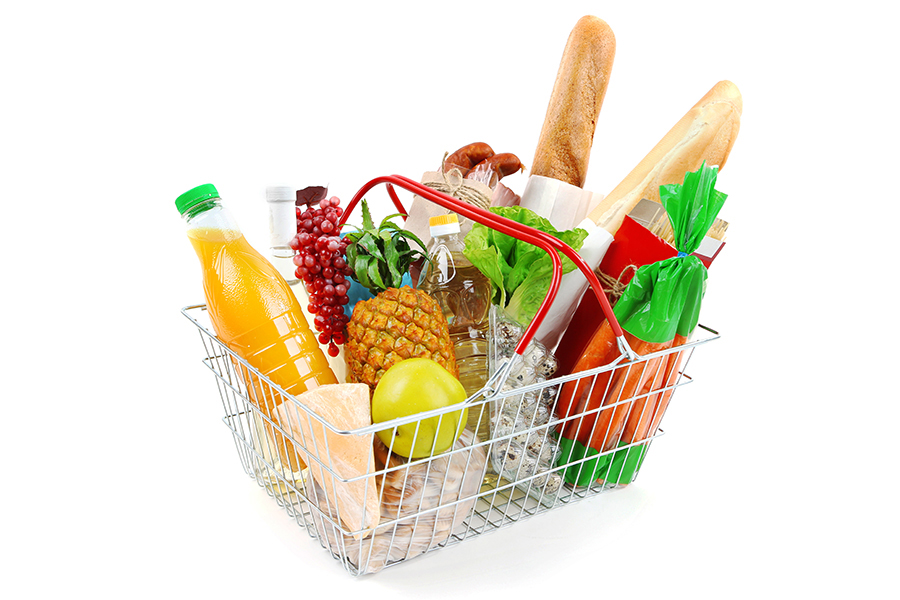
10. Understand –The secret life of forests
Target age: 14–19
Linked to SDGs: 13, 15
Tree canopies make a huge contribution to mitigating global warming and climate change by taking up carbon dioxide and converting it into sugars through photosynthesis, producing the oxygen we breathe in the process. Transpiration by trees can also play a role in increasing rainfall. It is less well understood that trees also affect other gases in the air, beyond carbon dioxide, oxygen, and water vapour – in particular, nitrogen and its compounds.
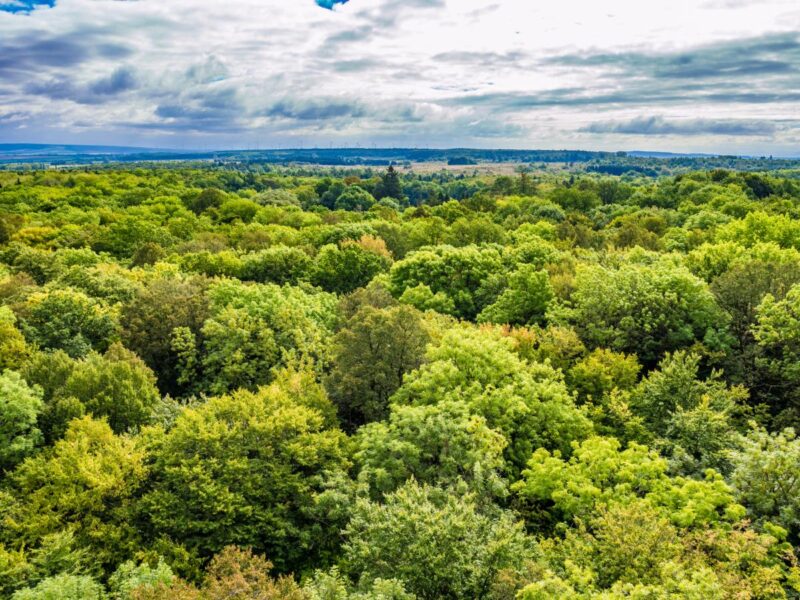
11. Teach – Watery world – hands-on experiments from Earthlearningidea
Target age: 11–19
Linked to SDGs: 4, 6
Access to clean water is crucial to almost all aspects of our lives. However, fresh water is a scarce resource on Earth and is affected by multiple anthropogenic pressures. These experiments help students understand some of the steps in the global water cycle and how environmental factors can affect our precious sources of fresh water.

12. Teach – Do you know your water footprint?
Target age: 11–19
Linked to SDGs: 2, 4, 6, 12, 13
We all know about the concept of a carbon footprint but what about the water consumed to produce the goods and services we use? These activities encourage students to calculate the water footprints of different meals, practicing their arithmetic and learning about how our daily choices have an impact on the planet. An average hamburger, for example, has a very large water footprint: about 2400 litres.
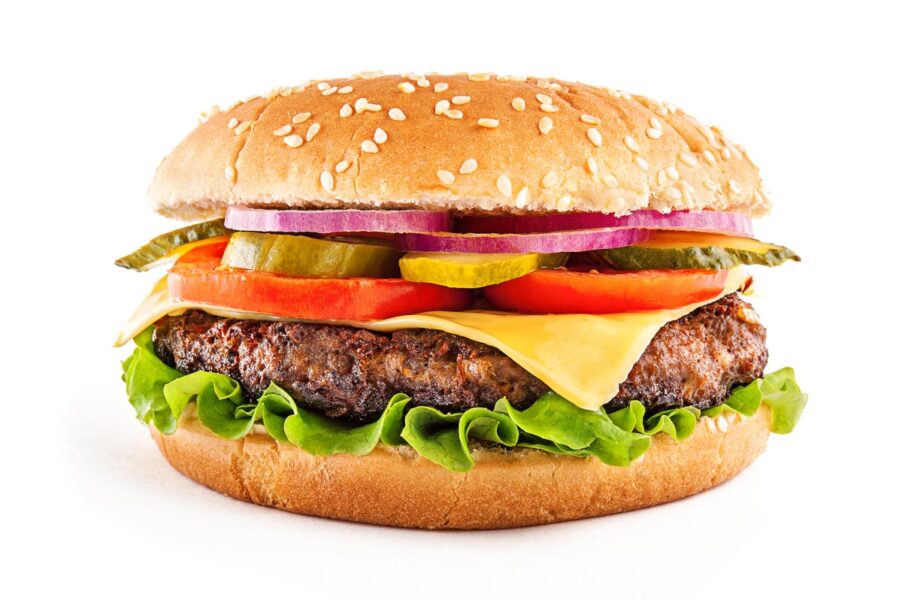
13. Teach – Microbiology: Discovering antibacterial agents
Target age: 14–19
Linked to SDGs: 3, 4
What are the causes of the antimicrobial resistance crisis and what can be done about it? What distinguishes antibiotics from other substances with antimicrobial activity? What does it take to develop a new medicine? These engaging microbiology activities enable students to explore this serious issue in a hands-on manner.
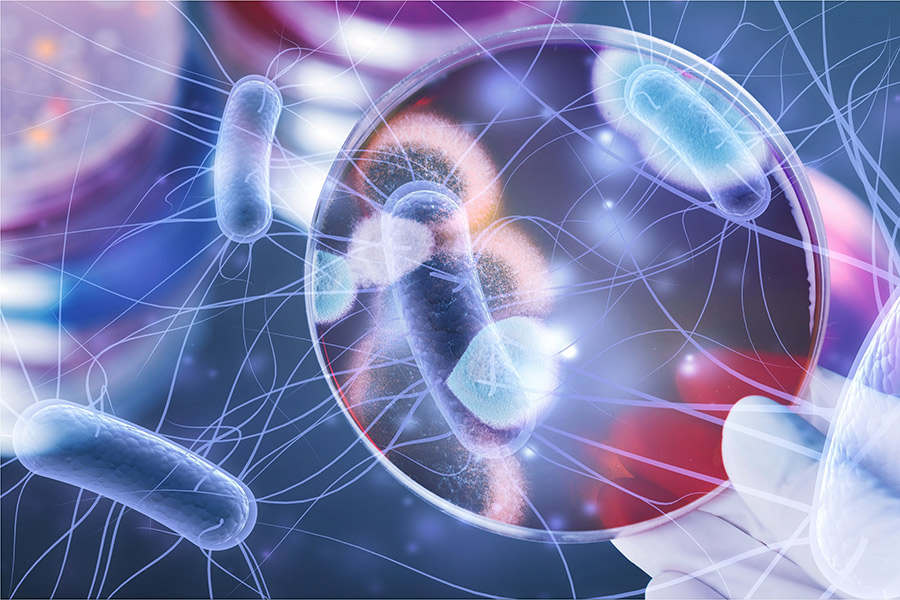
14. Teach – Beat the Flood
Target age: <11, 11–14
Linked to SDGs: 4, 11
Climate change has led to rising sea levels and more frequent extreme weather events, with the consequence that flooding is an increasing threat in many communities. In this activity, students design and test flood-resistant structures, learning about civil engineering and the effects of flooding in the process.
15. Teach – Biomimicry: linking form and function to evolutionary and ecological principles
Target age: 11–16
Linked to SDGs: 4, 9, 11
Engineering and evolution may seem like a strange combination for a lesson, but the link between form and function is an important principle for both. This activity explores evolution through the lens of biomimicry. It encourages students to appreciate nature’s elegant solutions to different challenges and, at the same time, think about how creative design could deliver sustainable solutions to important societal problems.
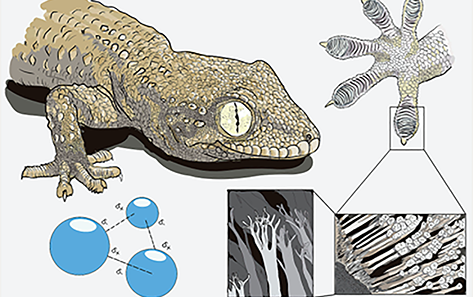
16. Teach – Turning dandelions into rubber: the road to a sustainable future
Target age: 11–19
Linked to SDGs: 4, 9, 12
Due to various concerns about relying on the tropical rubber tree for rubber production, there is a great deal of interest in alternative, sustainable sources of this important material. In this activity, students have the opportunity to grow and extract rubber themselves from one such source: the dandelion Taraxacum kok-saghyz.
17. Teach – An ocean in the school lab: carbon dioxide at sea
Target age: 11–19
Linked to SDGs: 4, 13, 14
While the global warming effect of carbon dioxide is well known, rising atmospheric carbon dioxide levels also have other effects due to the incredible interconnectedness of the chemical and biological processes that make up the Earth’s climate. These hands-on chemistry experiments demonstrate how rising atmospheric carbon dioxide levels affect the oceans.

Resources
- Learn more about the SDGs.
- Join the Teach SDGs movement.






